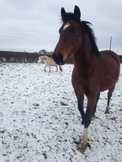
It’s easy to think about this in human terms, because of course we are pretty good at thinking from a human perspective about what might bring us happiness. But to truly make our horse’s lives better we need to think about it from their point of view, not ours. As much as we might love the idea of dressing our lovely horses up in a nice Christmas hat, decorating their stable with tinsel and blasting the Christmas songs out of the radio I’m afraid to say that it’s extremely unlikely that your horse will get much enjoyment out of any of these things!
So what can you do for your horse this Christmas? Well, firstly have a think about the 3 F’s – Friends, Forage and Freedom. Does your horse have any of these things? If not, could you enrich his life by providing any of them for him? Winter typically sees many more horses stabled than other times of year, but can you ensure that your horse at least gets some time for social interactions? It can be difficult for some people to get winter turn out due to livery yard restrictions and rules, but perhaps you could make sure you allow plenty of time for your horse to play with their friends in the arena at the very least. And maybe a New Year’s resolution could see you searching for a yard where more of his equine needs could be met?
Horse’s stomachs are not designed to digest large amounts of cereal based food so if you were thinking of making him an equine Christmas cake, be sure to make it primarily of forage, perhaps with the odd carrot thrown in for good measure. And given that you will most likely be spending a lot of your Christmas holiday stuffing your face with delicious food, be sure that you give your horse enough forage to keep him going both day and night, especially if he is stabled. Even short periods without access to forage can start to cause your horse discomfort so make sure his needs are met as well as your own!
No doubt most horse lovers will have stockings stuffed full of horse related gifts but perhaps your gift to your horse could be the removal of something, rather than the addition of more gadgets. Perhaps you have always considered making the transition from bitted to bitless riding, maybe it’s actually time to remove that tight flash noseband or the martingale that your horse doesn’t need or want. And best of all, why not give your horse the gift of learning to better understand what he is telling you through his behaviour. Promise to learn his language to better improve your relationship and watch how your partnership blossoms as you enter the New Year.
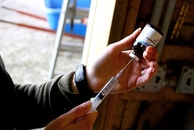

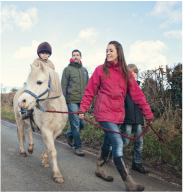
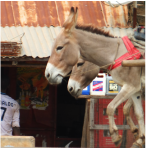
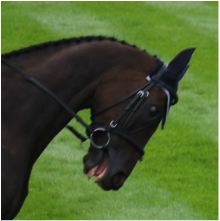
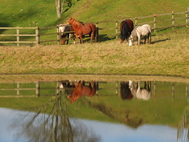
 RSS Feed
RSS Feed
